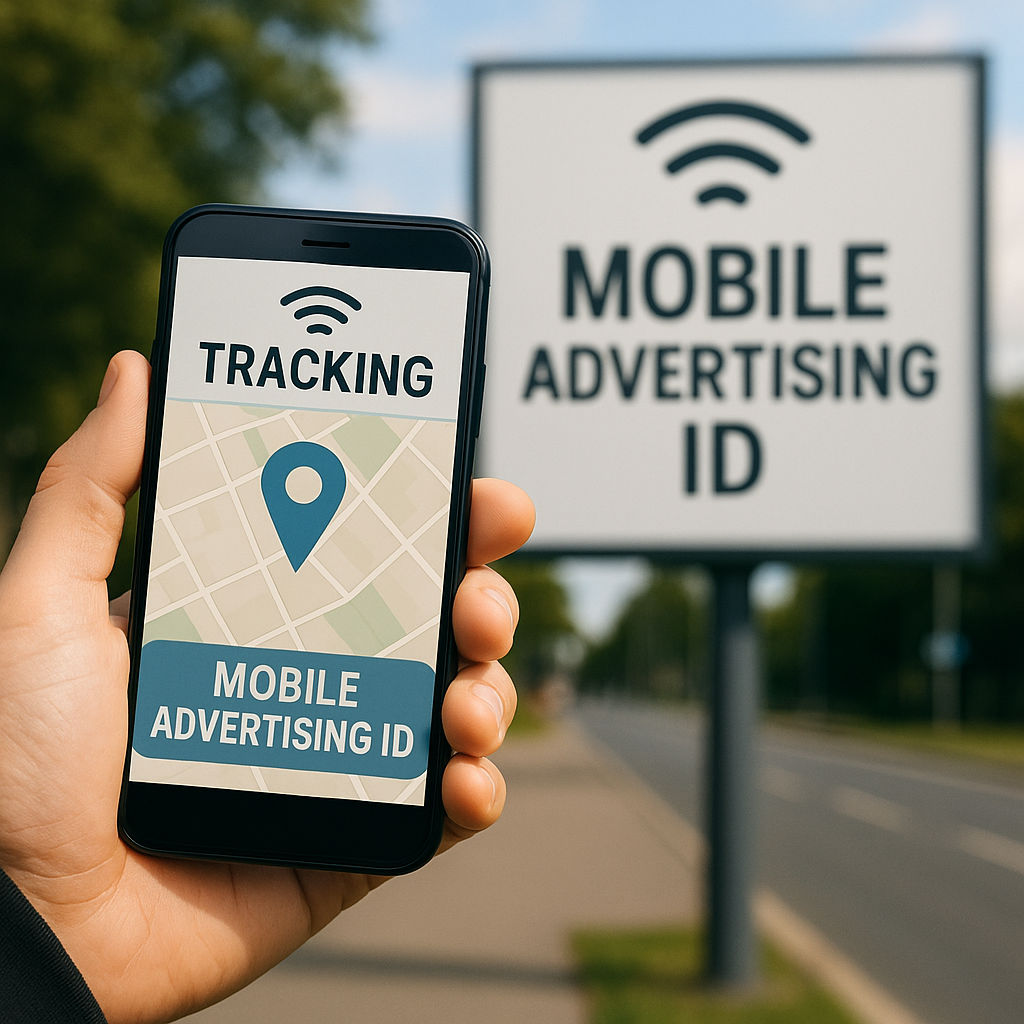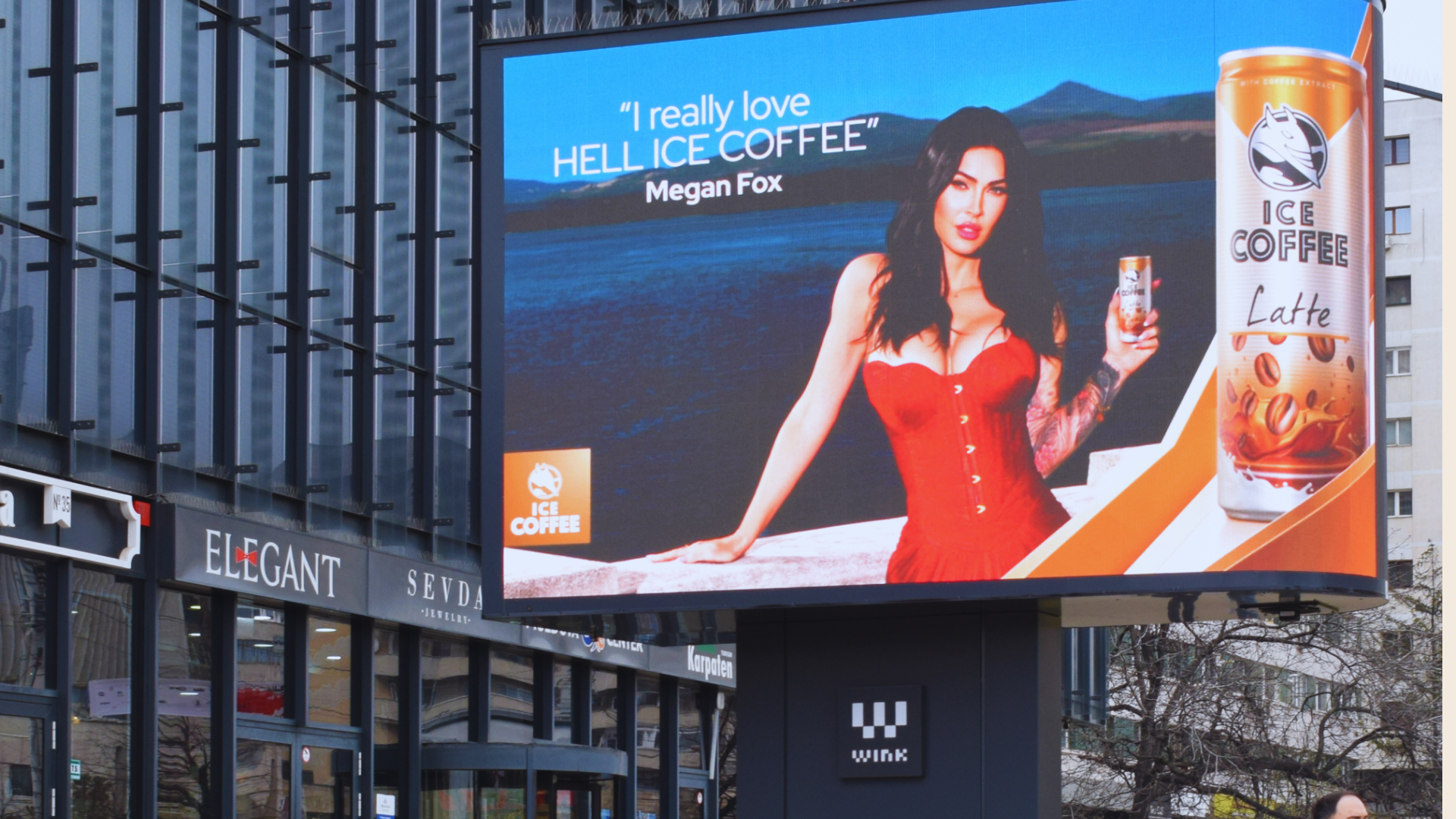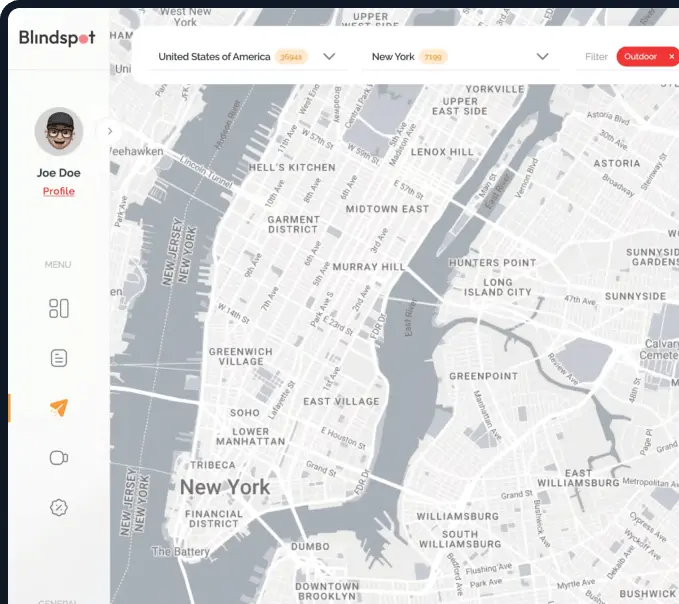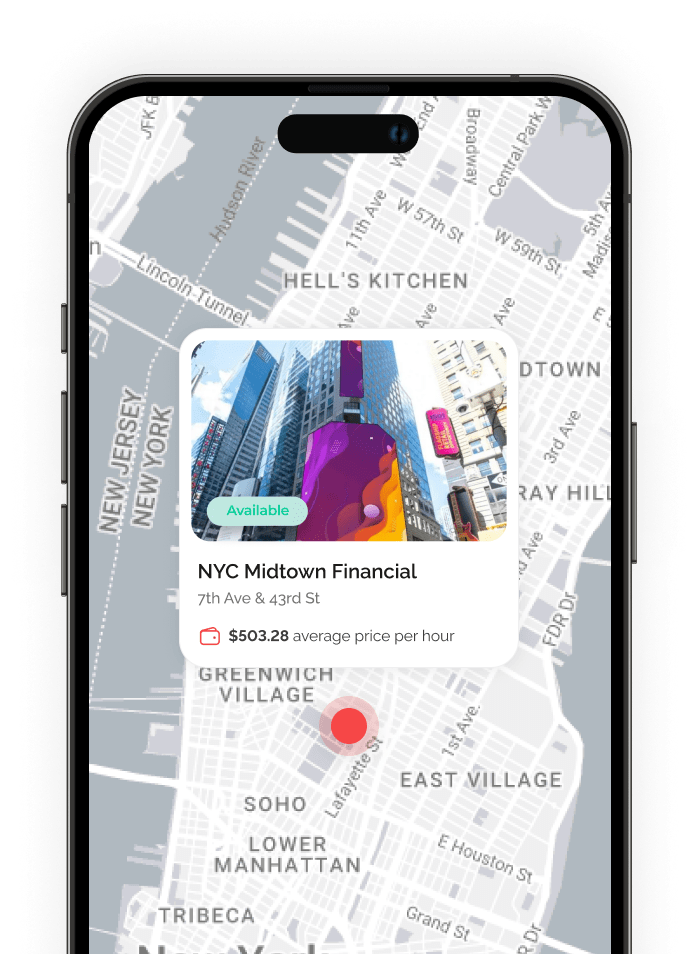Measuring OOH Campaigns With A Web Lift

We’re zooming in to another key element of attribution this week. And this zoom in will focus on web lifts; what they are, how they integrate with attribution, and how you can utilize them to get results.
Integrating DOOH into an omnichannel marketing strategy is crucial for strengthening the overall media mix, enhancing reach, and maintaining a consistent presence across both online and offline platforms.
Cause without results, OOH ads are just pretty screens with logos on them.
So, if you’re ready to connect your digital out-of-home campaign to real, measurable online results, you’re in the right place.
Let’s break down how to measure a DOOH campaign using a web lift.
What is a Web Lift?
First off, it might be helpful defining what the heck a web lift even is.
In plain English, it’s the measurable bump in web activity (like visits, sign-ups, or purchases) that happens because people saw your ad out in the wild. If your campaign’s working, you’ll see a clear spike in web traffic that lines up with your DOOH placements.
In slightly less plain English (for those that like to get technical with it), they’re measured by comparing pre- and post-campaign website visit metrics while factoring in attribution models that discount organic traffic. Technical implementation requires the placement of tracking pixels and integration with mobile attribution software. Typical accuracy rates depend on data collection frequency and proper isolation of DOOH-induced traffic but error margins can be as low as 3% with optimized systems
Why Web Lift Matters for OOH Measurement?
Because, sometimes, out-of-home advertising has always had a measurement problem. Sure, you can count eyeballs, but can you prove those eyeballs turned into clicks? How do you whether an online sale came from someone hearing about your ad from a friend or from them seeing one of your billboards you put out?
Well, a web lift bridges that gap. It connects the dots between offline exposure and online engagement, giving you the data you need to justify your spend and optimize your marketing strategy.
Key Metrics for Measuring DOOH Campaigns
Incremental Lift
- Incremental lift is your baseline for success. It’s the extra web activity that wouldn’t have happened without your DOOH campaign. By comparing web traffic from exposed audiences to a control group, you can see exactly how much your campaign moved the needle.Advanced metrics and analytical models are crucial for understanding a campaign’s effectiveness, capturing nuanced audience perceptions and the physical influence of campaigns to evaluate their overall success.
Attribution and Web Analytics
- Attribution is all about giving credit where it’s due. With the right web analytics tools, you can track which touchpoints (like your DOOH placement location) actually drive conversions. Attribution modeling explained here can help you untangle the customer journey and see how DOOH fits into your broader marketing strategy.
Performance Tracking
- Performance tracking isn’t just about counting clicks; it’s about understanding the value your DOOH campaign brings to the table. By measuring web lift, you can calculate the true return on investment and make smarter decisions for your next campaign.
Numbers To Know
- 775%: In a campaign with AdoreMe, Blindspot achieved a 775% incremental lift in online engagement from OOH advertising. The customer acquisition cost for exposed audiences was just $5.75. Media buying through programmatic platforms played a crucial role in enhancing campaign effectiveness by allowing real-time management and better audience targeting across multiple locations.
- 57.8%: During the #YOXO campaign, Blindspot’s DOOH strategy led to a 57.8% increase in website traffic, an 18.61% rise in first-time app opens, and a 23.57% boost in brand searches
- 38% of consumers visited an advertiser’s website after viewing an OOH ad.
- 66% of smartphone users took action after seeing an OOH ad, such as searching for a brand or visiting its website.
How Do I Perform A Web Lift?
Setting Up Your DOOH Campaign for Measurement
- Define your goals: What online actions or CTAs matter most to you? site visits, sign-ups, purchases?
- Choose your KPIs: Pick metrics that align with your goals (incremental web traffic, conversion rate, etc.)
- Set up tracking: Use unique URLs, QR codes, or promo codes to tie offline exposure to online actions.
- Utilize specific ads: Segment the day to deliver tailored messages through specific ads to audiences during parts of the day when they are most likely to engage.
Integrating Offline and Online Data
Here’s where things get interesting. To measure web lift, you need to blend your DOOH exposure data with your web analytics. That means:
- Collecting exposure data from your DOOH partner networks
- Syncing that data with your web analytics platform
- Segmenting audiences based on exposure vs. non-exposure
Using Attribution Modeling
Attribution modeling is your best friend here. By applying models like first-touch, last-touch, or multi-touch, you can see how DOOH influences the customer journey. Not sure where to start?
Check out our attribution blog here, that contains a more in-depth explanation of the different attribution methods available to you.
Understanding Incremental Web Traffic
Once your data’s in, it’s time to dig in. Here’s some indicators of campaign impact to look out for
- Spikes in web traffic that align with your DOOH campaign dates
- Differences in behavior between exposed and control groups
- Increases in key actions (sign-ups, purchases, etc.)
Optimizing Your Marketing Strategy
Obviously, we hope that your campaign has all of these indicators. But, if they don’t and the data just isn’t there to suggest your initial campaign is having the intended action, don’t be afraid to change it up. After all, they say the definition of insanity is doing the same thing and expecting different results. If things aren’t working…
- Double down on high-performing placements
- Adjust creative or messaging based on what’s working
- Refine your cross-channel attribution for even sharper insights
- Analyze different marketing tactics to optimize campaign effectiveness and improve marketing ROI
Let’s not sugarcoat it: measuring web lift isn’t always a walk in the park. Here’s how to tackle some of bigger hurdles that come with it.
- Data Silos: Integrate your DOOH and web analytics platforms for a unified view.
- Attribution Complexity: Use clear, consistent models and don’t be afraid to test different approaches.
- Privacy Concerns: Stick to anonymized, aggregated data to stay compliant and ethical.
Next Steps: Enhancing Your DOOH Campaign Measurement
You’ve got the basics down. Now, it’s time to level up. Dive deeper into campaign lift measurement, experiment with digital lift assessment, and keep refining your offline to online conversion measurement. The more you test and tweak, the sharper your marketing strategy becomes…and the bigger your ROI.
So let’s get ready to turn those offline impressions into online action.
And if you have any questions, we’re here to help you make sense of the numbers—and make your next campaign your most impactful one yet.




